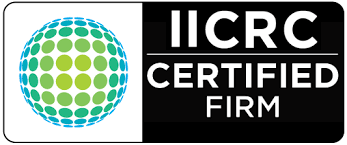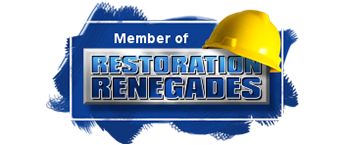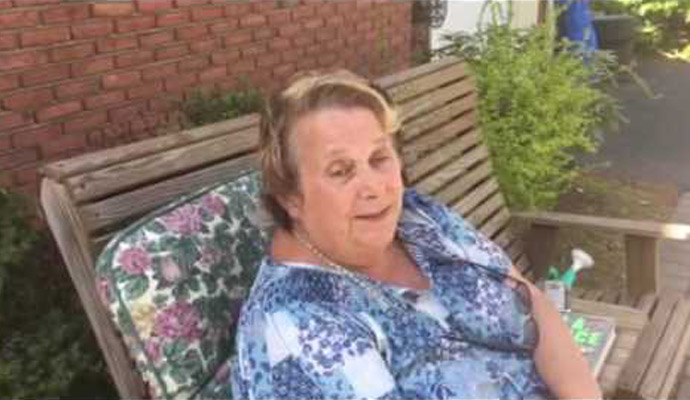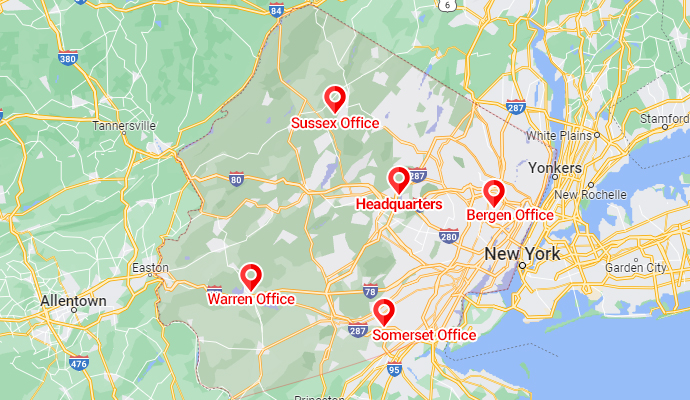Unattended Death Cleanup: Managing Decomposition and Contamination Risks
An unattended death occurs when an individual passes away alone, and the body remains undiscovered for an extended period. This situation presents significant health hazards due to the natural decomposition process, which releases biohazardous materials into the environment. Proper management of decomposition and contamination risks is crucial to ensure the safety of current and future occupants of the affected area.

Understanding the Decomposition Process
After death, the human body undergoes decomposition, a process facilitated by bacteria and enzymes. This leads to the breakdown of tissues and the release of fluids and gases. In an unattended death, the absence of timely intervention allows these processes to progress unchecked, resulting in:
-
Release of Biohazards: Decomposing tissues emit bodily fluids that can seep into surrounding materials, such as flooring and walls, posing health risks due to potential pathogens.
-
Airborne Contaminants: Gases produced during decomposition can carry bacteria and other harmful agents, contaminating the air quality within the premises.
-
Structural Damage: Prolonged exposure to decomposition fluids can compromise the integrity of building materials, leading to costly repairs.
Health Risks Associated with Unattended Deaths
The environment of an unattended death becomes a biohazardous site, with potential exposure to:
-
Bloodborne Pathogens: Diseases such as HIV, hepatitis B, and hepatitis C can be present in bodily fluids, posing infection risks.
-
Bacteria and Viruses: Decomposition fosters bacterial growth, including harmful strains that can cause severe illnesses upon contact or inhalation.
-
Mold and Fungi: Moisture from bodily fluids creates an ideal environment for mold growth, which can lead to respiratory issues and other health problems.
The Importance of Professional Biohazard Cleanup
Addressing the aftermath of an unattended death requires specialized knowledge and equipment to manage biohazard remediation effectively. Professional cleanup services are essential because:
-
Expertise in Decontamination: Trained technicians follow strict protocols to ensure thorough cleaning, disinfection, and deodorization of the affected area.
-
Proper Disposal: Biohazardous materials must be disposed of following local and federal regulations to prevent environmental contamination.
-
Safety Compliance: Professionals adhere to guidelines set by organizations such as OSHA and the EPA, ensuring that the cleanup process meets all safety standards.
Steps in Unattended Death Cleanup
-
Assessment: Evaluating the extent of contamination to develop an appropriate remediation plan.
-
Containment: Isolating the affected area to prevent cross-contamination to other parts of the property.
-
Removal of Affected Materials: Safely disposing of contaminated items, including carpets, furniture, and personal belongings.
-
Cleaning and Disinfection: Using industrial-grade disinfectants to eliminate pathogens from all surfaces.
-
Deodorization: Employing specialized equipment to remove persistent odors associated with decomposition.
-
Restoration: Repairing or replacing structural elements damaged by decomposition fluids.
Conclusion
Managing the decomposition and contamination risks associated with an unattended death is a complex and hazardous task that necessitates professional intervention. Engaging certified biohazard cleanup services ensures that the affected area is restored safely and effectively, safeguarding the health of current and future occupants.

















